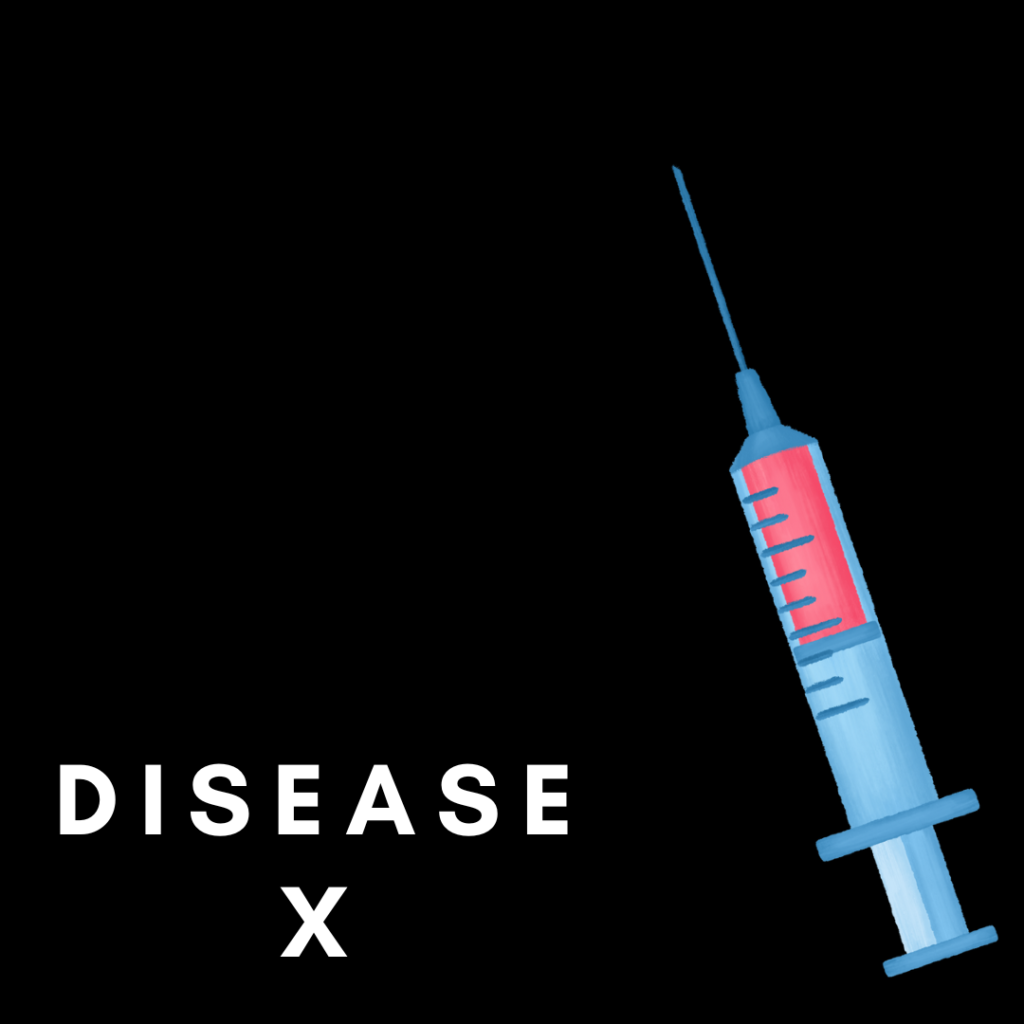COVID-19 might prove to be less dangerous than Disease X, which could claim the lives of over 500 million people.

According to a new book titled “The Next Killer: How to Stop the Next Pandemic Before It Starts,” authored by vaccine experts Kate Bingham and former journalist and political advisor Tim Hemmes, the world is currently ill-prepared for the next major pandemic. This disease, referred to as Disease X, is projected to be even more perilous than COVID-19. Since very little is known about this ailment, it has been given the name Disease X. Experts believe that the Earth hosts millions or billions of viruses, any of which could potentially trigger a pandemic.
This book highlights the need for global preparedness and vigilance. It underscores the point that similar to how the Spanish flu claimed countless lives a century ago, Disease X has the potential to be responsible for the deaths of over 500 million people.

The authors have revealed that scientists have identified 25 virus families, each containing hundreds or thousands of distinct viruses. Any of these could potentially lead to a devastating pandemic.
Furthermore, they warn that viruses can jump from animals to humans and mutate rapidly, as observed in cases like Ebola, HIV/AIDS, and COVID-19.
So, how dangerous is Disease X?
Some time ago, the World Health Organization (WHO) issued a warning about the possibility of the next pandemic, referring to it as Disease X. This was before the global spread of COVID-19, almost a year prior. It means that Disease X is part of the WHO’s list of dangerous diseases, for which there is no current treatment. Some health experts believe Disease X will be zoonotic, starting in wildlife or domestic animals before infecting humans, similar to Ebola, SARS, and COVID-19.

What preparations are needed for the next pandemic?
It’s essential to note that while most people recovered from COVID-19, the mortality rate for other viruses like Ebola is as high as 67%, bird flu at 60%, and MERS at 34%. To prevent future pandemics, research into vaccines and treatments is crucial. Strengthening healthcare systems and surveillance is equally important. While we cannot predict the exact date of the next pandemic, we can certainly begin preparing for it today.
[…] Disease X: The looming Pandemic Threat […]